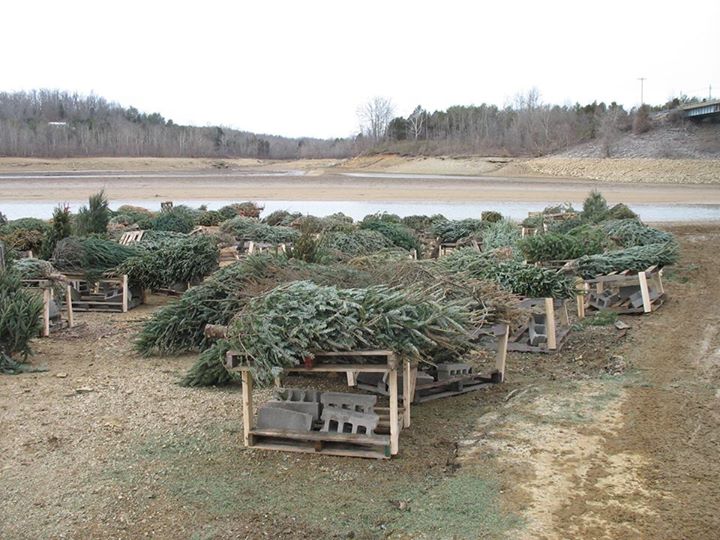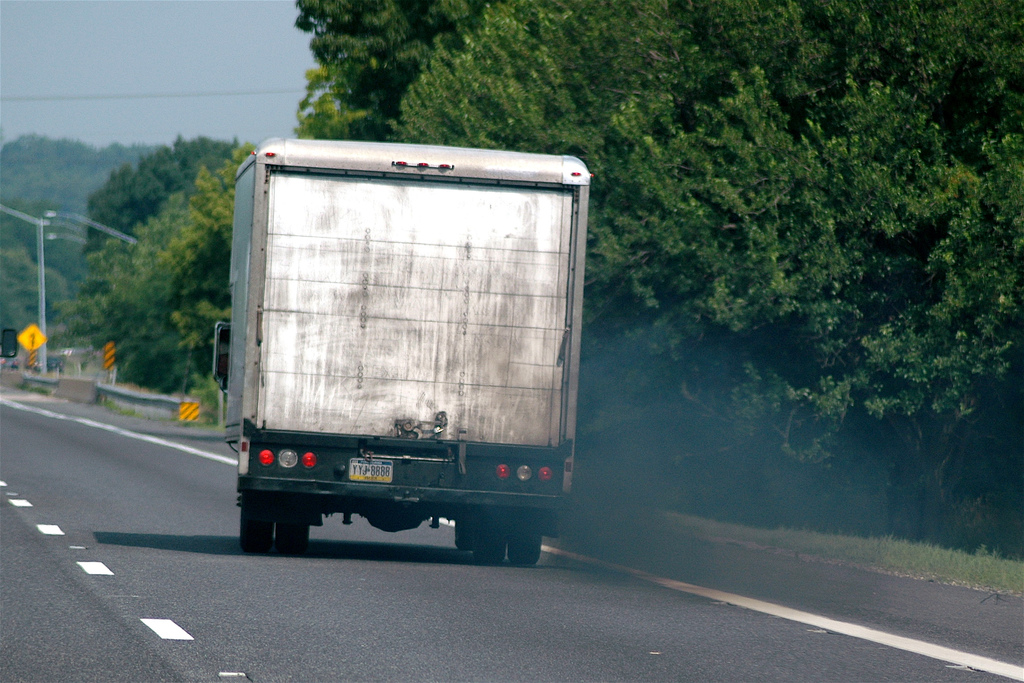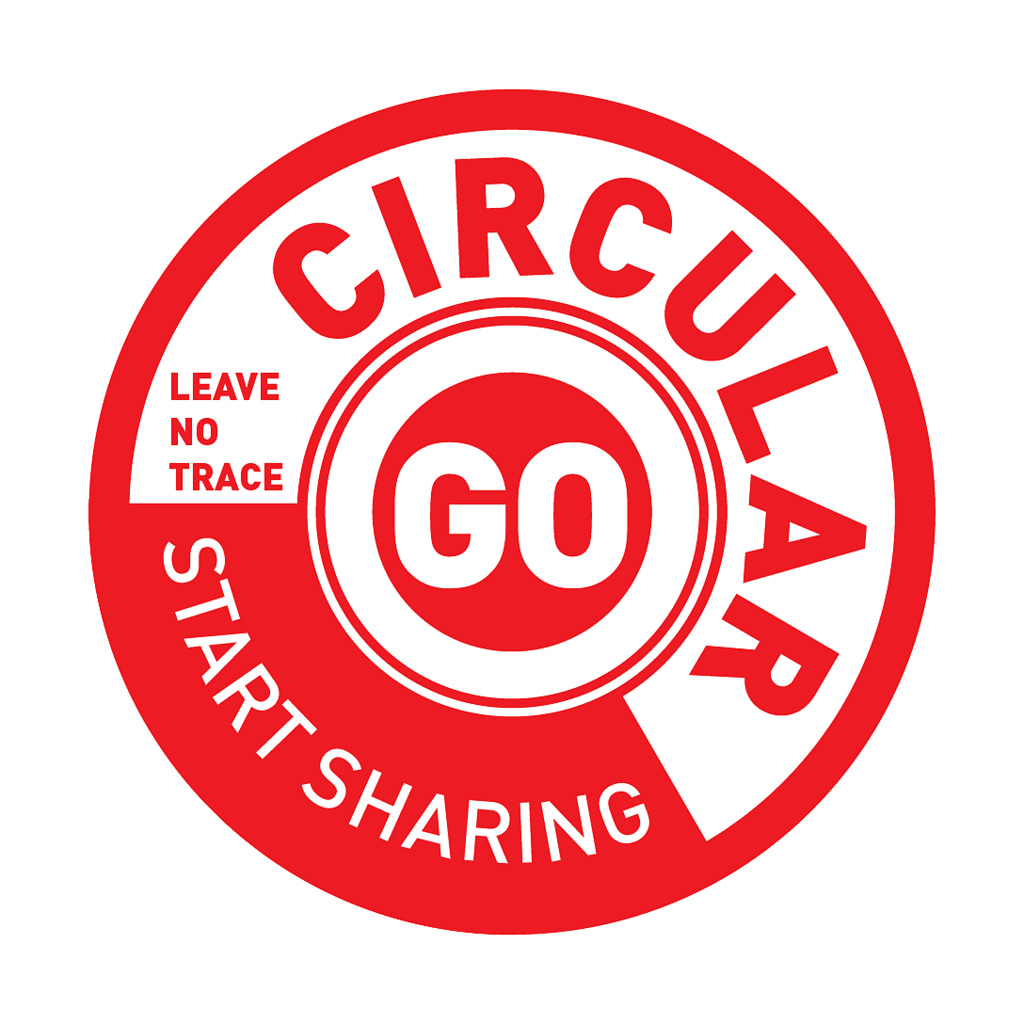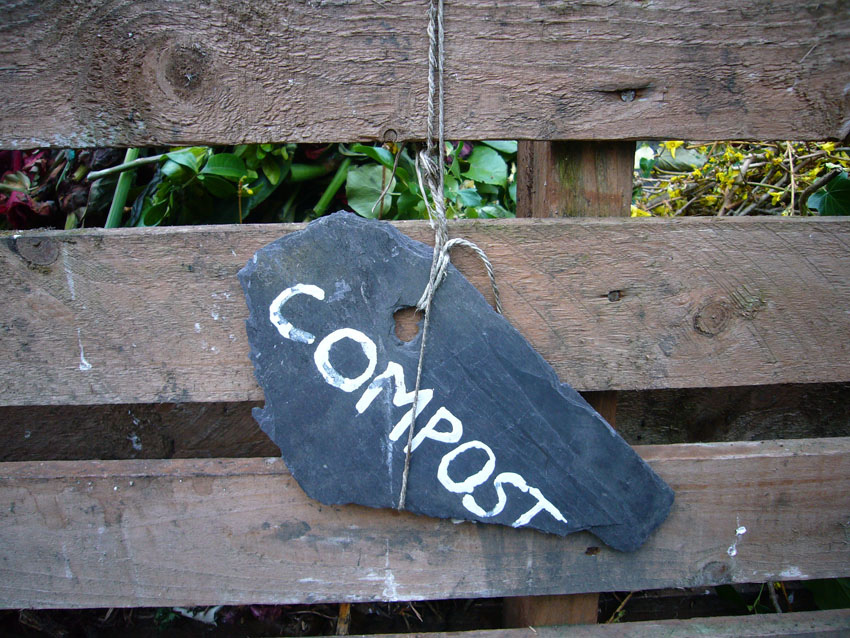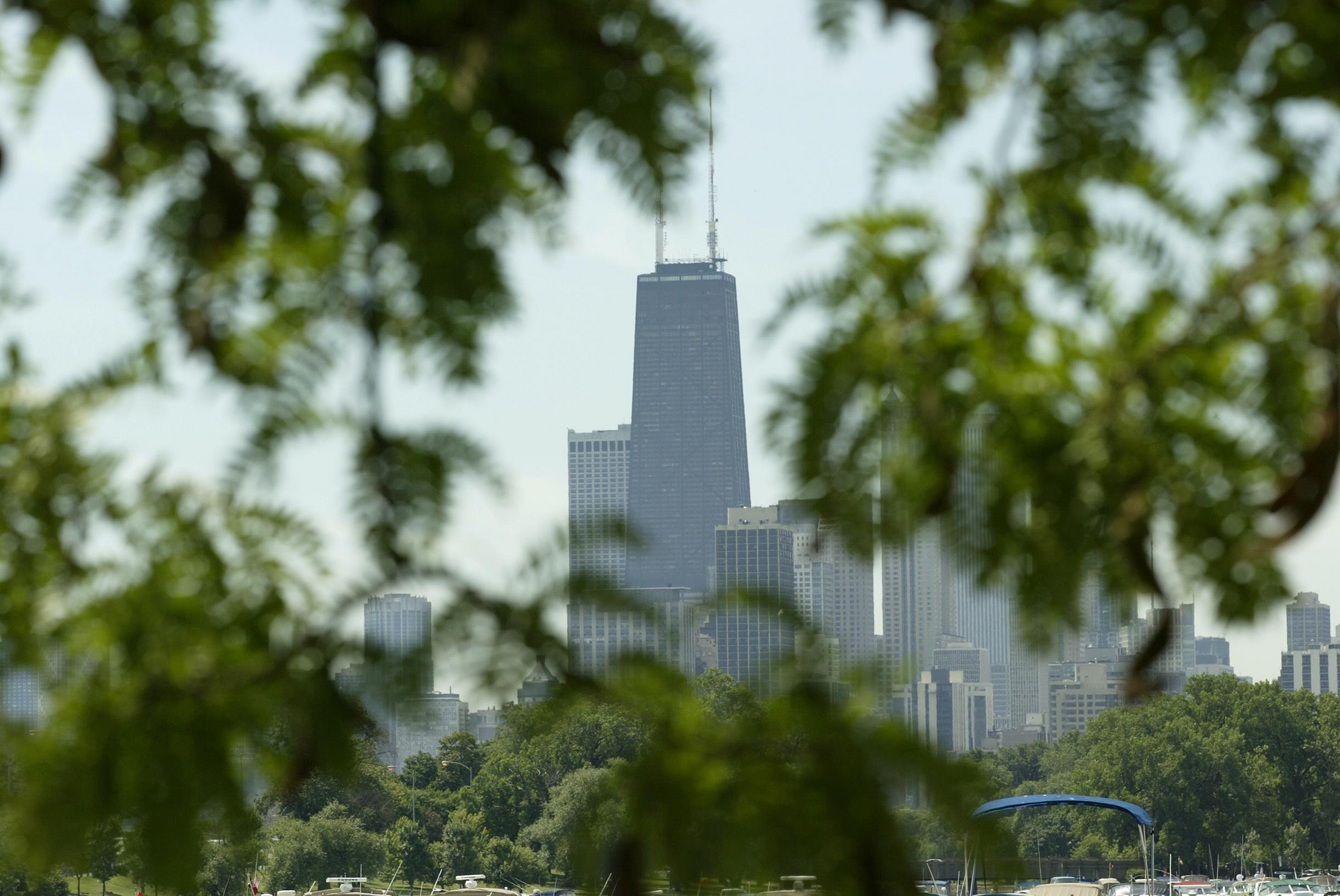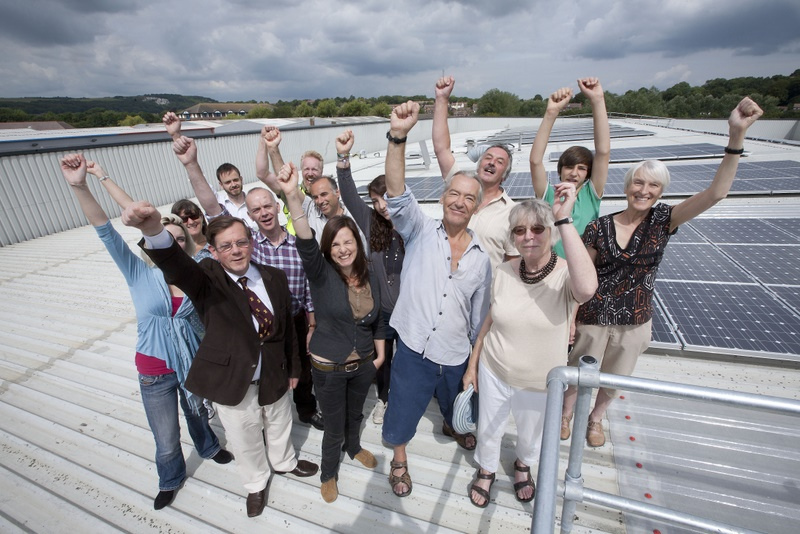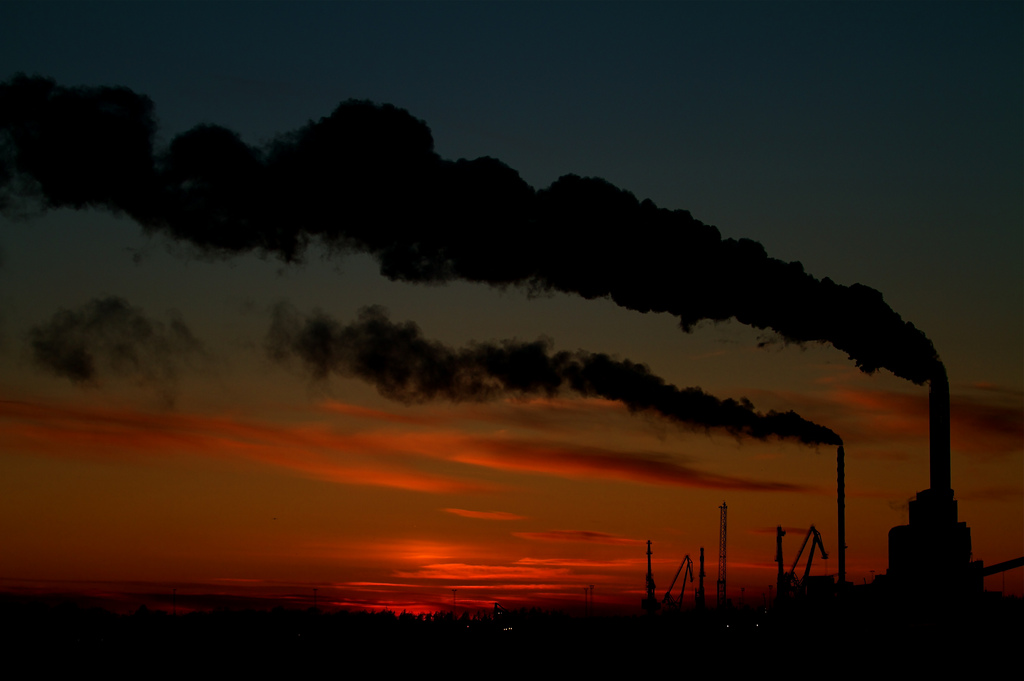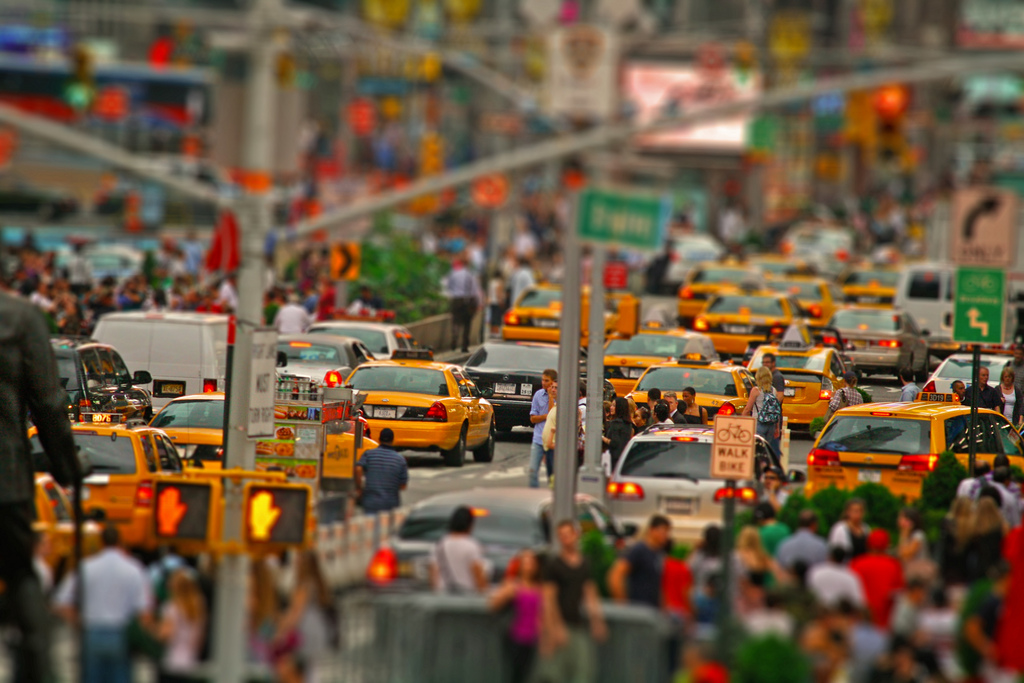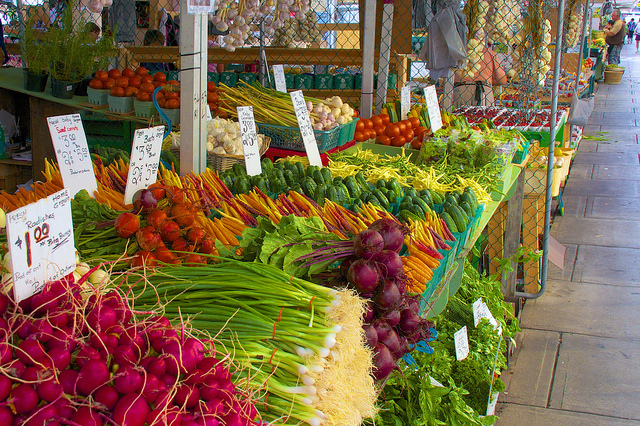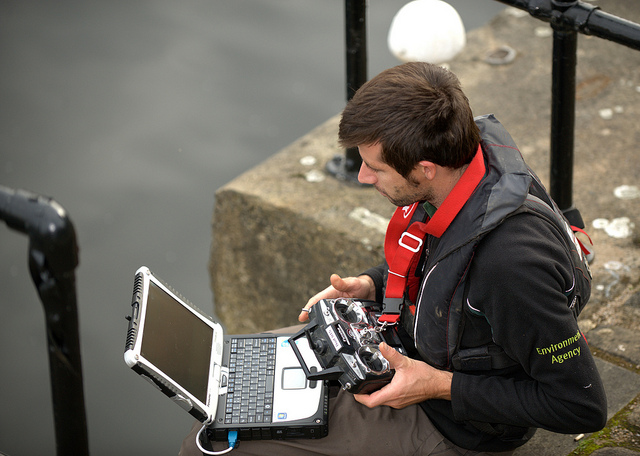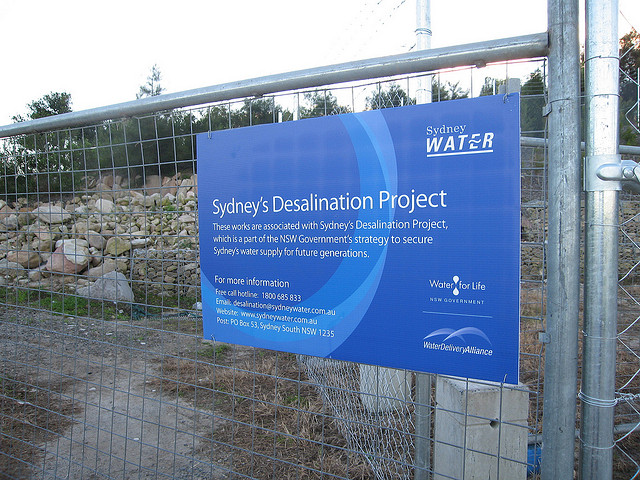Climate Change
A New Carbon Sponge
One way to mitigate the effects of burning fossil fuels is to capture the carbon emitted in the process and to prevent it from entering the atmosphere. The most common method in use today at natural gas and coal-burning plants is called amine scrubbing.
The Circular Economy
In the traditional linear economy, products are made from raw materials and ultimately everything – the byproduct waste and the products themselves – ends up in the scrap heap. In contrast, an emerging concept is the circular economy in which products are made from recycled materials and end up being recycled themselves.
Sustainable New Year’s Resolutions
With the holiday season behind us, it’s a great time to reflect on the past twelve months and set new goals for the coming year. Sure, there are tried and true New Year’s resolutions – join a gym, read the classics – but what about a resolution to be kinder to the Earth?
Climate Change And Airplanes
Climate change could have a major impact on future air travel. According to a new study published in the American Meteorological Society Journal, researchers suggest warmer global temperatures will make it harder for airplanes to take off. This could either limit how much luggage or how many people can board an airplane in the future.
Geoengineering: Not A Quick Fix
Geoengineering – the deliberate, large-scale intervention in the Earth’s climate system – is the subject of continuing speculation by researchers from many disciplines. The notion is that if our efforts to combat climate change by reducing greenhouse gas emissions are too little or too late, we may have to try to change the climate deliberately.
An App Called i-Tree
There are computerized applications for just about everything – from tracking our finances to planting a vegetable garden. So it should come as no surprise that there are even apps that aid in the conservation, management, and understanding of urban forests.
What Is The Carbon Limit?
A central issue in dealing with climate change is determining how much carbon we can emit into the atmosphere before global temperatures increase too much. How much is too much? Most experts think that if average temperatures increase by more than 2 degrees Celsius (3.6 degrees Fahrenheit), the consequences will be severe and irreversible.
Deep Sea Carbon Dioxide Storage
The Southern Ocean plays an important role in the exchange of carbon dioxide between the atmosphere and the ocean. One important part of this is the growth of phytoplankton, which act like a natural sponge for carbon dioxide. When these plankton die, they can sink to the bottom of the ocean and thereby store some of the carbon dioxide that they have absorbed. This process has been termed a “biological carbon pump.”
Community Solar
There is no question that solar power is booming in the US. According to industry estimates, a new solar energy system is installed every 2 ½ minutes. Surveys indicate that that 9 out of 10 Americans want to make use of the sun’s energy.
Saving The Monarch Butterfly
For the past 20 years, the population of monarch butterflies has been dropping. In the past few years, it has been dropping catastrophically. In 1996, there were an estimated 1 billion monarchs in North America; today there are only about 35 million.
Profiting by reducing global warming
At this point, it is pretty clear to most of us that climate change is real, that it increasingly will threaten lives and property, and that it is going to take some real changes in society’s behavior to slow it down.
How green are electric cars?
Cars that run on electricity instead of gasoline have some important environmental advantages, not the least of which is that they don’t have exhaust pipes emitting greenhouse gases and other forms of pollution. But the electricity they run on has to come from somewhere and greenhouse gas emissions are often involved in generating electricity.
Sharing a cab
If you have ever been stuck in bumper-to-bumper traffic in New York City – and if you have ever been to New York City, you surely have – you probably noticed that a large percentage of the cars on the road are taxis. In fact, New York has over 13,000 cabs on its streets.
Algorithms and ecology: A new partnership.
If you shop online, this is a familiar scenario: You click on a product like a book, and the online merchant presents you with a list of related items. “If you like X, you might also like Y.” Behind the scenes, the merchant has assigned a series of attributes to each product. For instance, the new Sibley Guide to Birds is classified as nonfiction, recent, about nature, about birds, illustrated, a field guide, and so on. Based on that information, the merchant might suggest a different bird book, or a memoir about birding.
[Read more…] about Algorithms and ecology: A new partnership.
Climate change and food
A study led by the Massachusetts Institute of Technology suggests that climate change may pose an even greater threat to the global food supply than previously thought. That’s because higher temperatures will also increase air pollution. A significant increase in the production of ozone, a toxic gas, could prove deadly for many important crops.
Environmental drones
A mention of drones most likely brings to mind military operations or, more recently, their potential future as delivery carriers for companies like Amazon.
New desalination technologies
In an era of rising water demands and more frequent extreme droughts, there is growing interest in desalination technologies. Removing the salt from seawater or various impurities from wastewater are among the few ways of obtaining fresh water that are independent of rainfall.
The length of a bee’s tongue
Most of us have probably never given much thought to the length of a bee’s tongue – or, for that matter, the fact that bees even have tongues. Yet new research suggests tongue length may be a key factor in bees’ ability to survive their ever-changing environment.
Agrihoods

